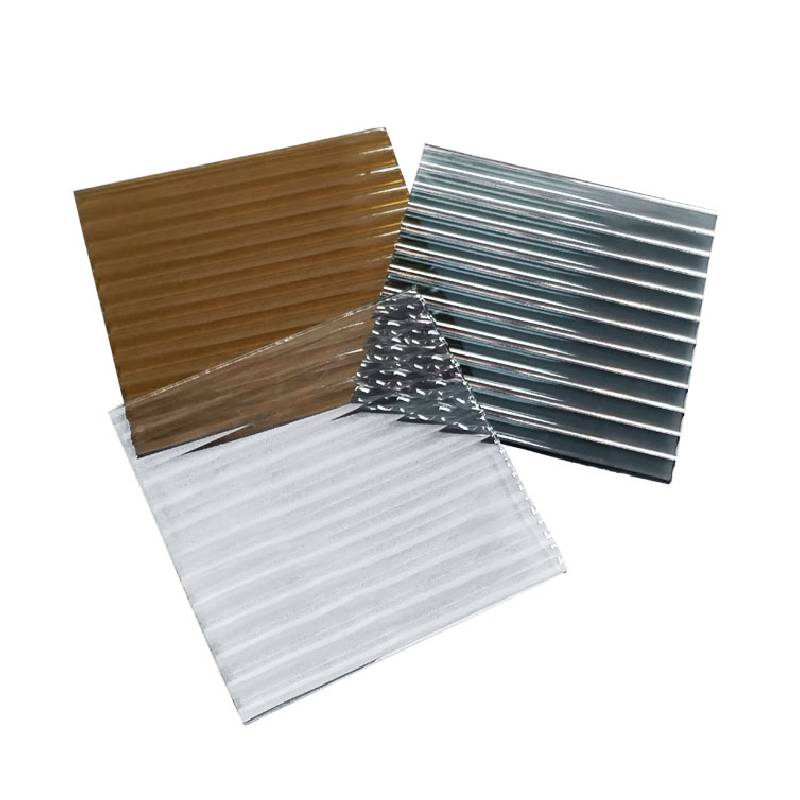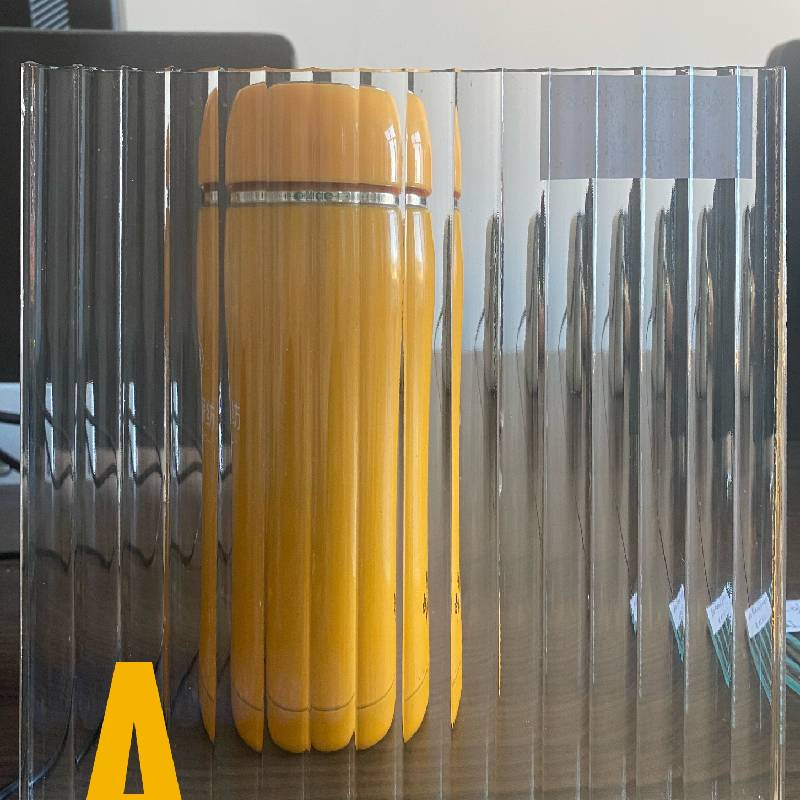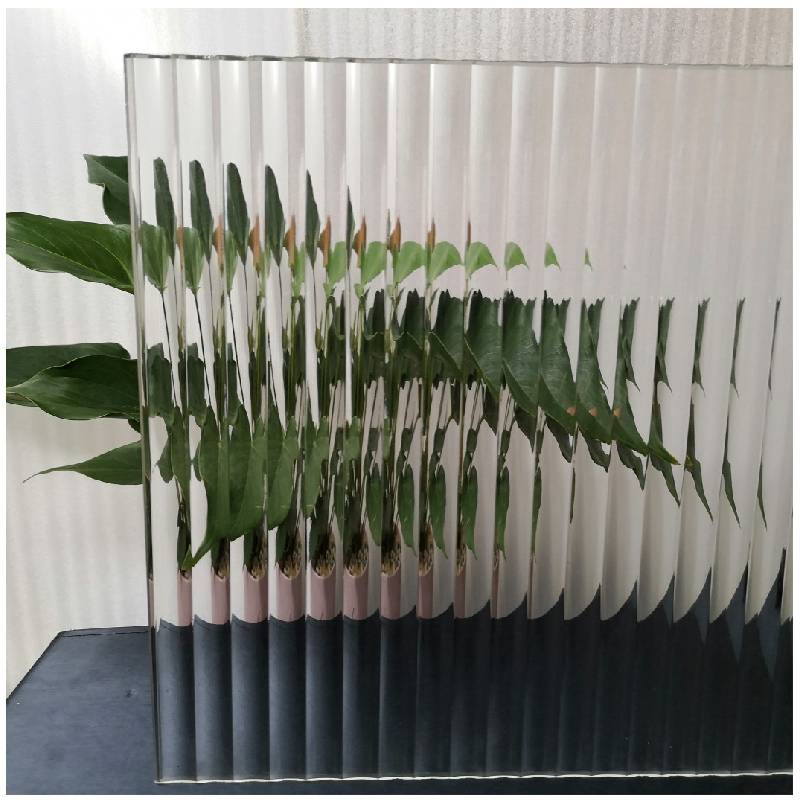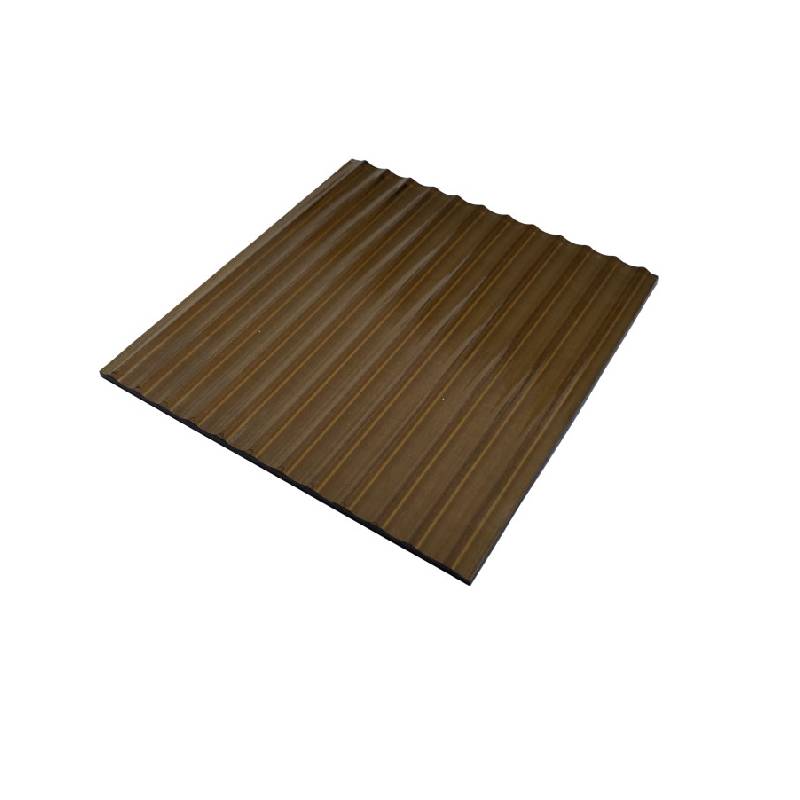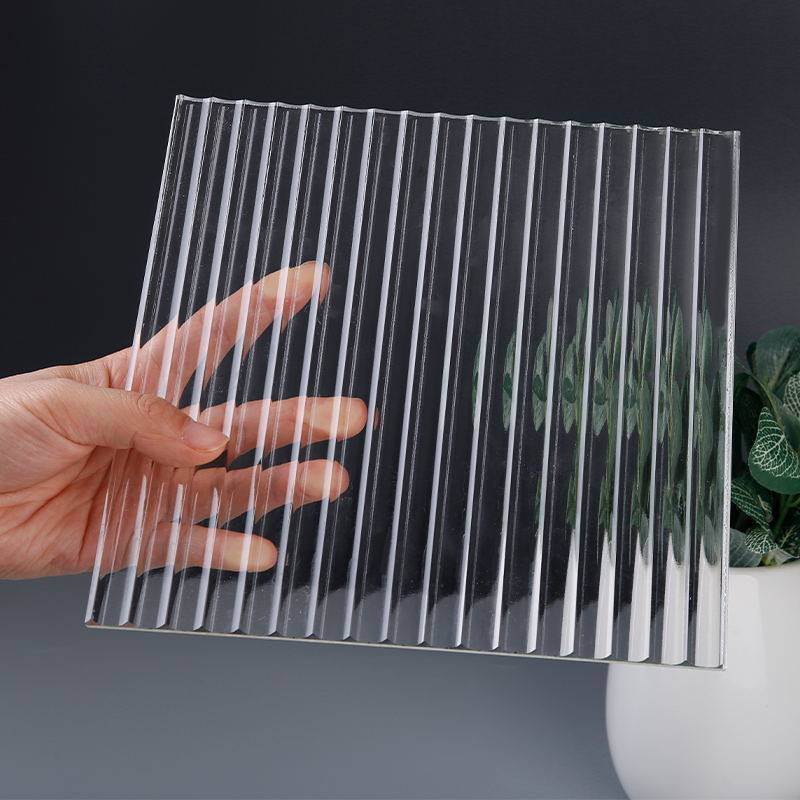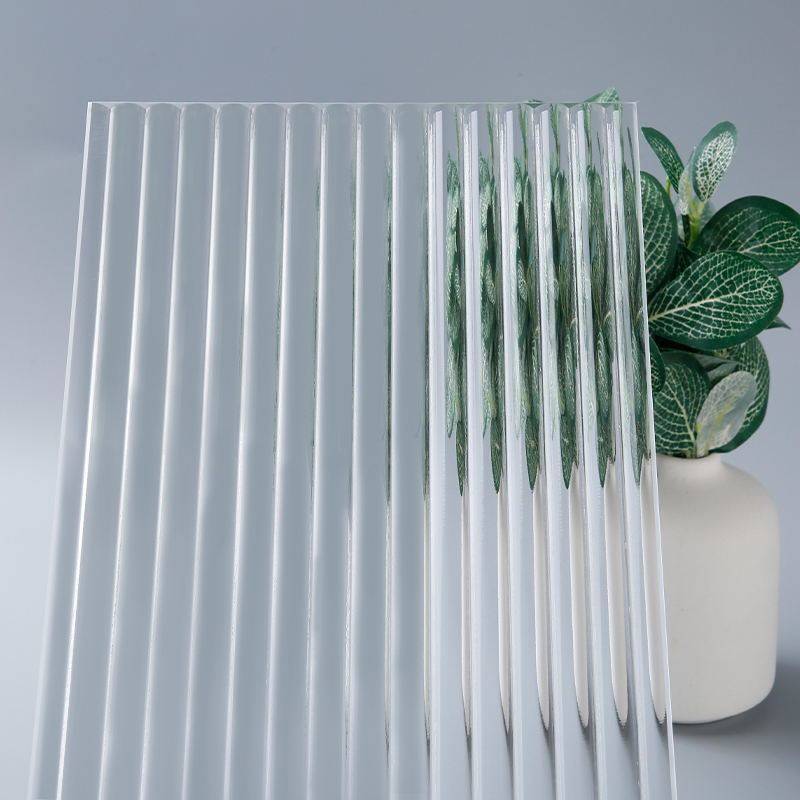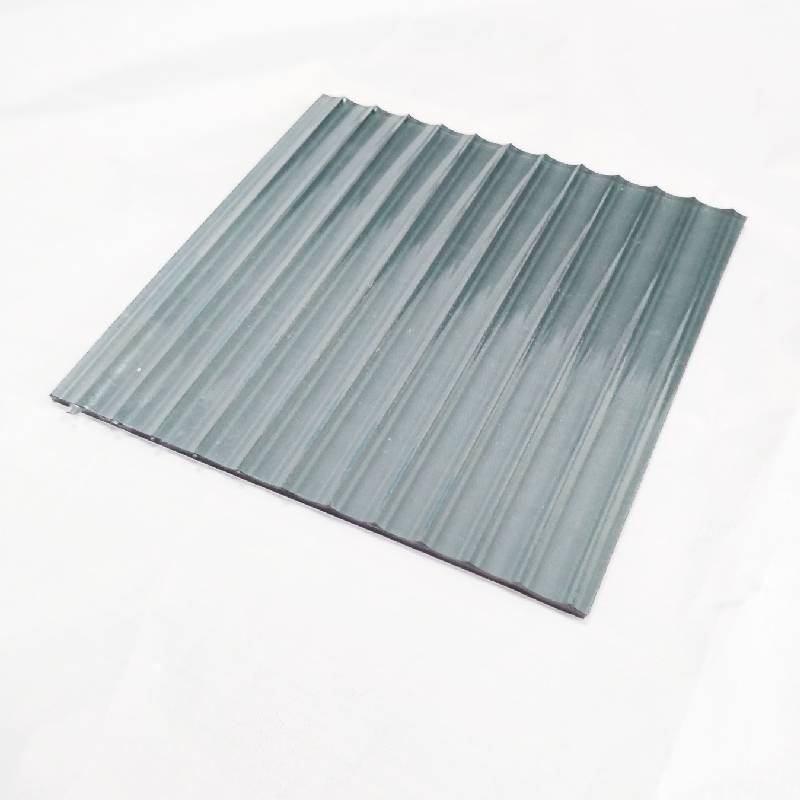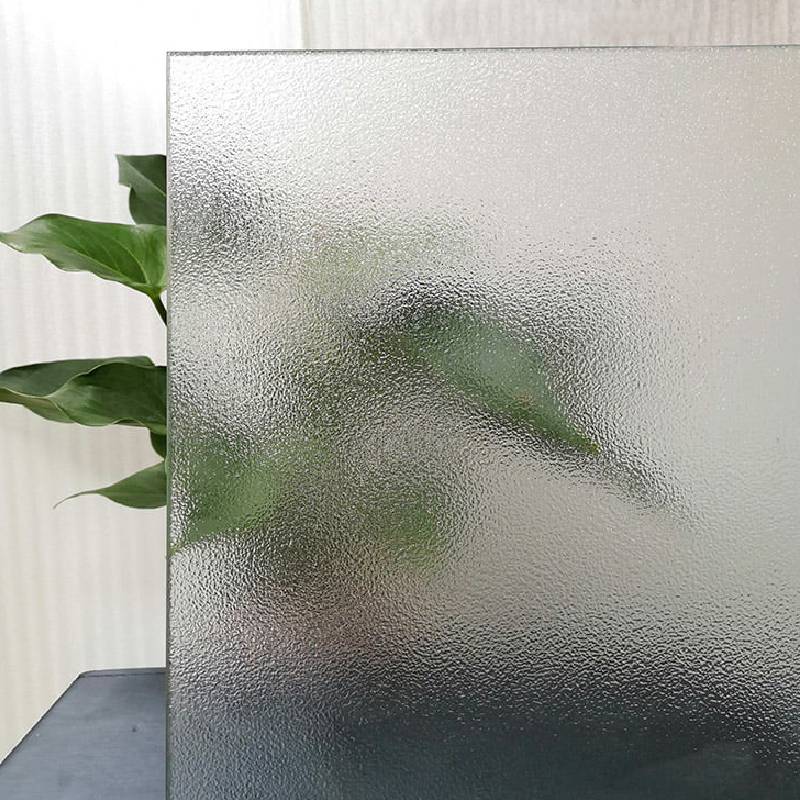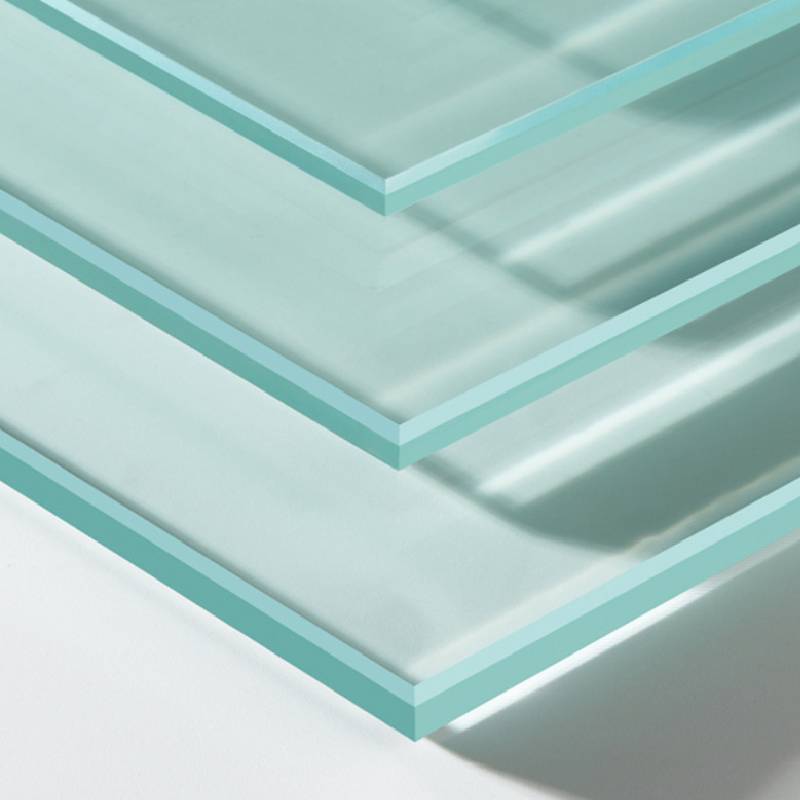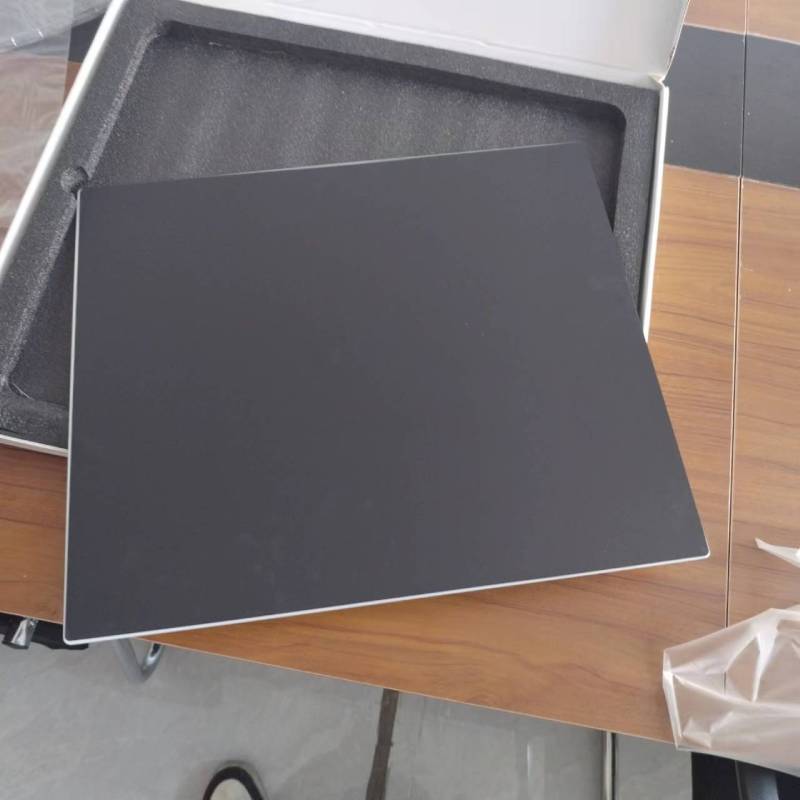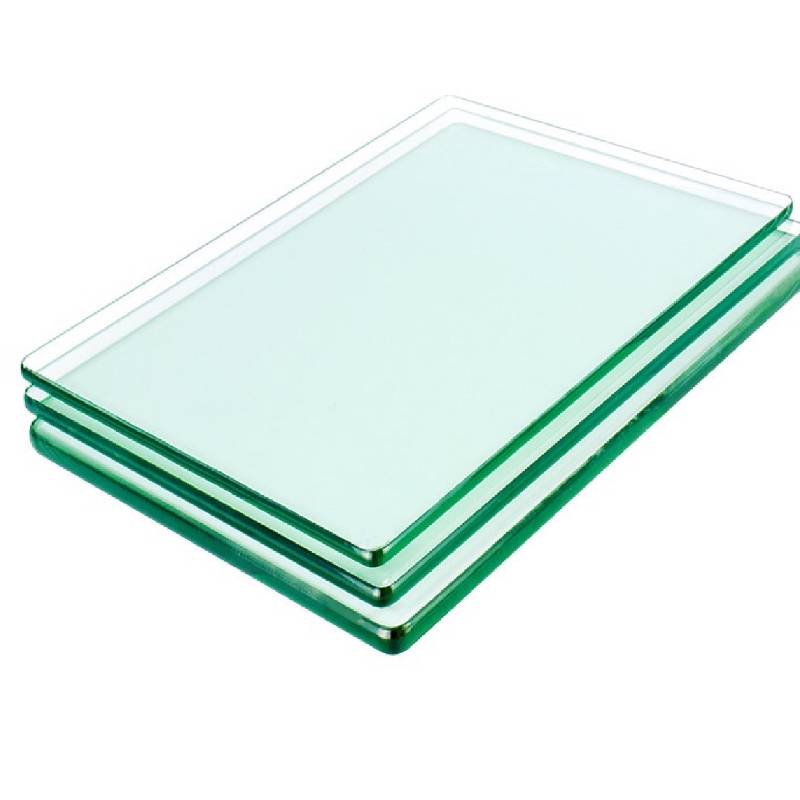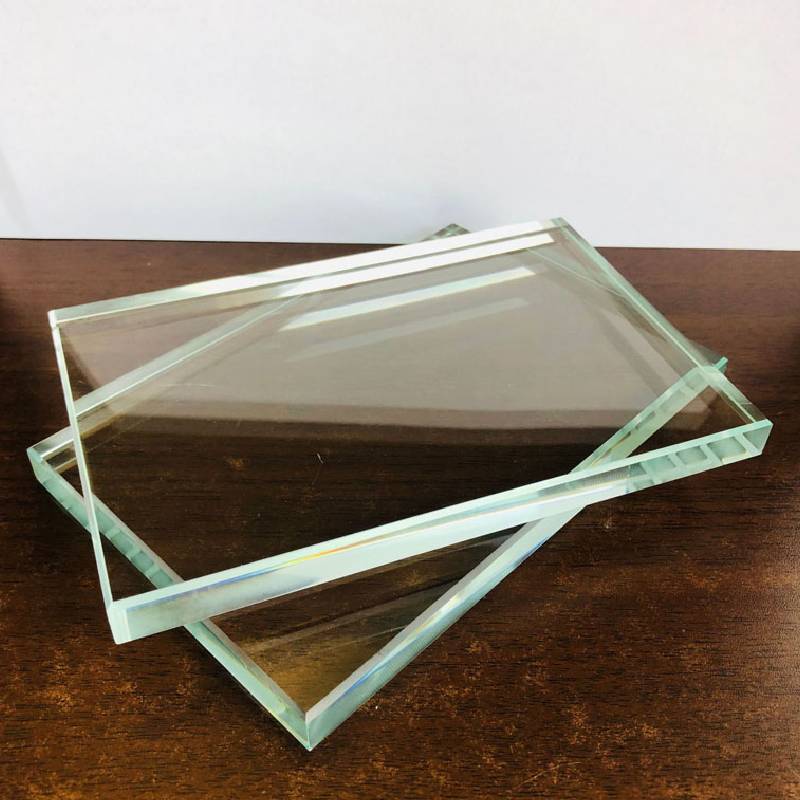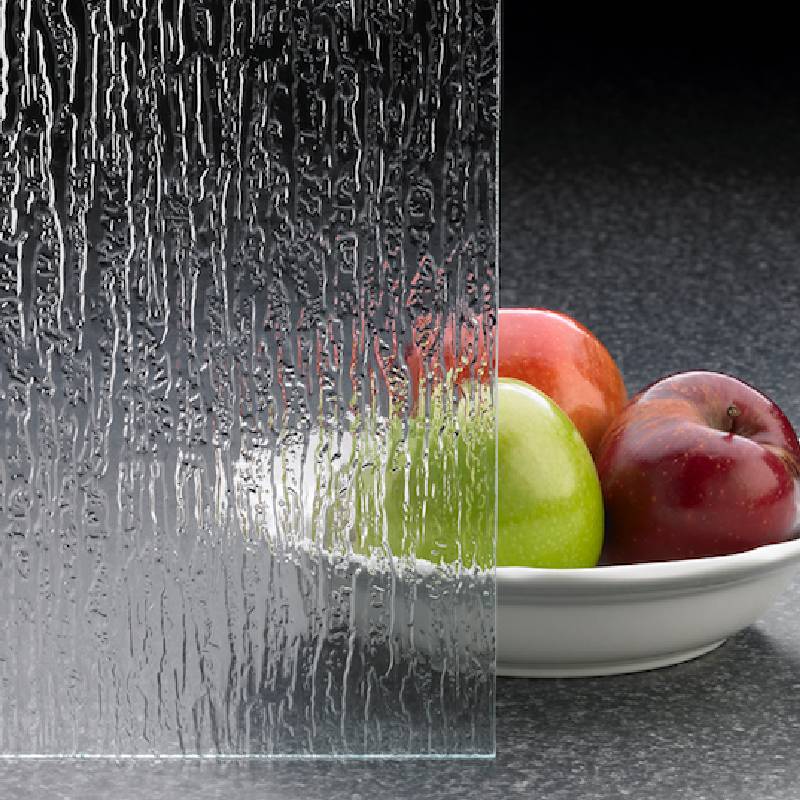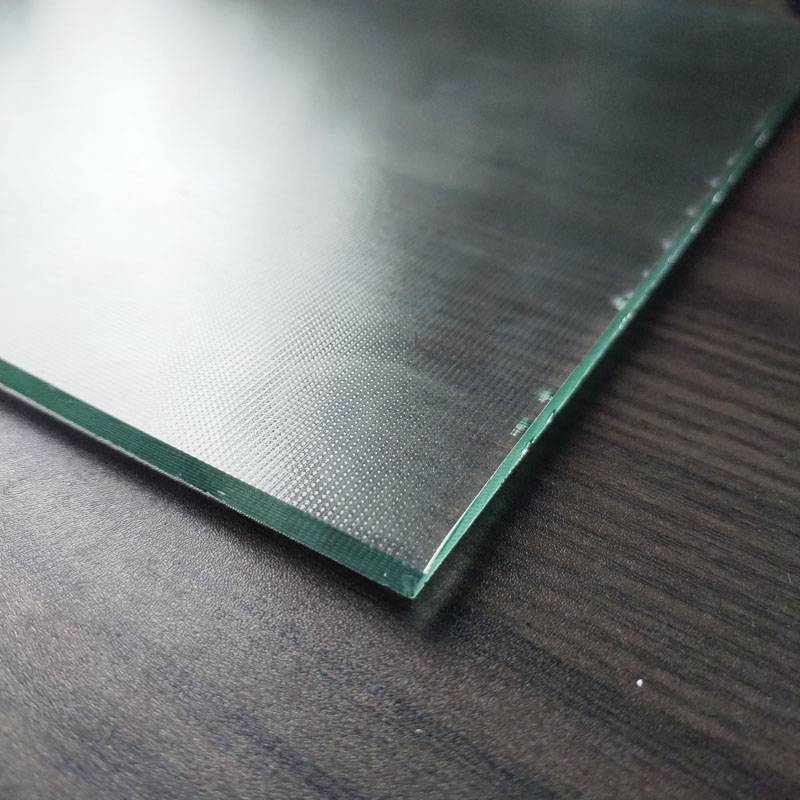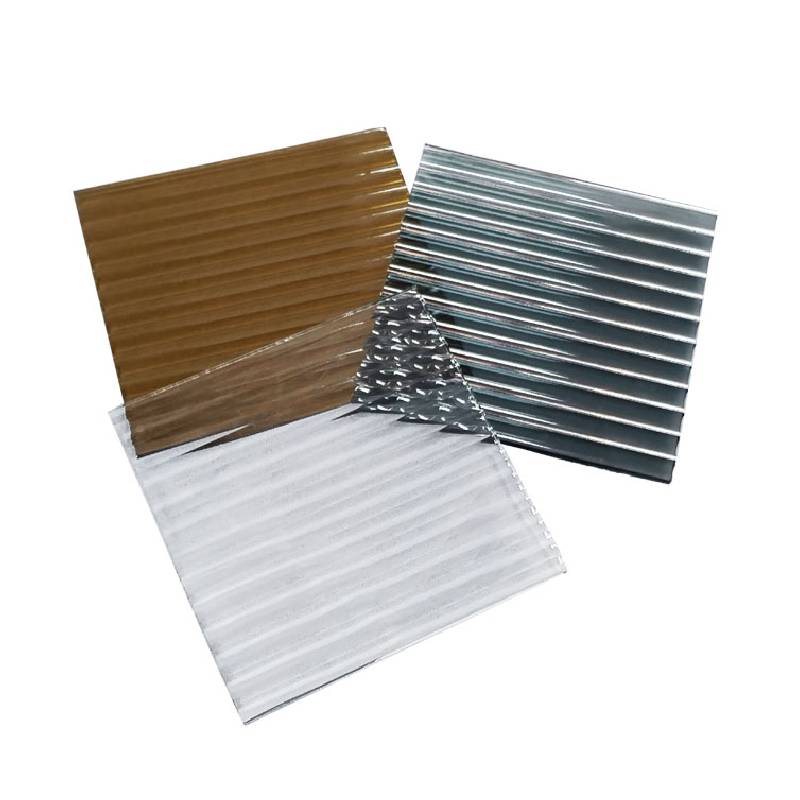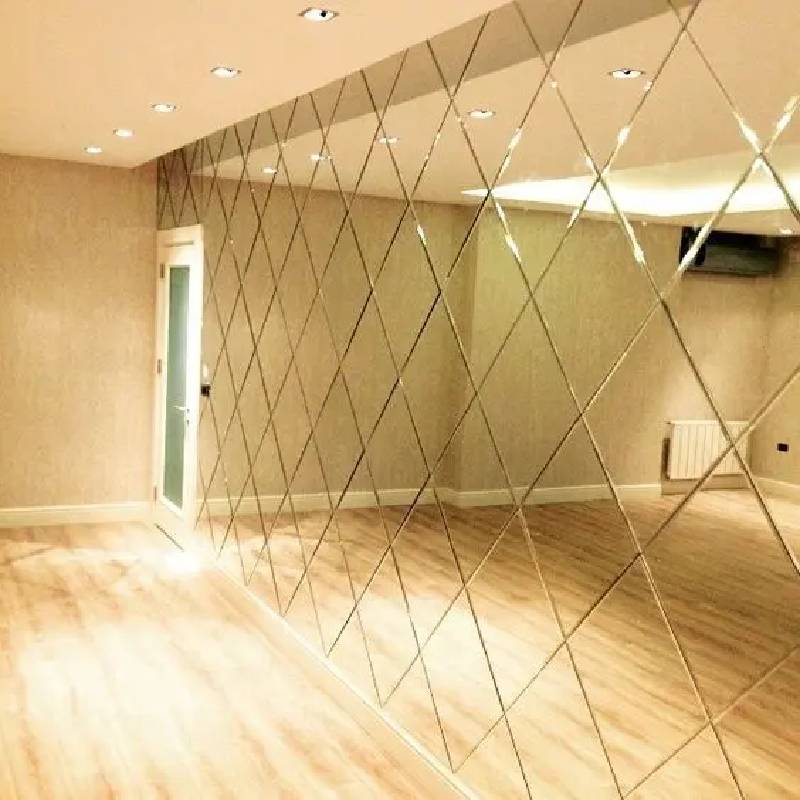- 1. Raw material selection: The process starts with the selection of high-quality raw materials, usually silica sand, soda ash and limestone. These materials were chosen for their purity and consistency, as they greatly influence the final quality of the glass.
2. Ingredients: The selected raw materials are accurately weighed and mixed together in specific proportions. This mixture, called a batch, is loaded into a furnace and melted.
3. Melting: The batch is fed into a furnace that is heated to extremely high temperatures, typically between 1,500 and 1,700 degrees Celsius (2,732 and 3,092 degrees Fahrenheit), depending on the type of glass being produced. Intense heat melts the batch into a viscous liquid called molten glass.
4. Shaping: Once the molten glass reaches the desired consistency, it is formed into the desired shape. This can be done by various methods such as blowing, pressing or moulding. For Moru glass, which often has intricate patterns, techniques such as glass blowing or hand shaping can be used to achieve the desired design.
6. Annealing: Newly formed glass undergoes a process called annealing to eliminate internal stress and strengthen the glass. This involves gradually cooling the glass at a controlled rate to ensure an even temperature distribution throughout the material.
7. Finishing: After annealing is complete, inspect the glass for any defects or blemishes. Any rough edges or sharp points are smoothed away, and the final product is cleaned and polished to enhance its appearance.
- 1. High transparency
Moru glass uses high-quality glass raw materials with high purity, so the transparency is very good and can provide excellent visual effects.
2. A sense of haziness
The vertical line texture of Moru glass has a simple geometric beauty and hazy feeling, which can have a semi-covering effect while maintaining spatial transparency.
3. Transparent but not see-through
Moru glass itself is glass, with the characteristics of glass itself transmitting light. In addition, due to its own grooves with a blurred matte surface, the reflected light, plants or decorations on the other side of the glass can be out of focus. More hazy beauty.
4. Good appearance and wide application
As a high-quality, high-transparency glass material, Moru glass has a variety of functions and functions. It has been widely used in construction, home decoration, automobile and other fields.
Clear Moru glass, ultra clear Moru glass, gray Moru glass, bronze Moru glass, golden Moru glass.
Regular thickness: 4mm, 5mm, 6mm, 8mm, 10mm
Regular size 2000*2440mm, 2100*2440mm, 2100*2800mm, 2100*3300mm
 afrikanesch
afrikanesch  Albanesch
Albanesch  Amharesch
Amharesch  Arabesch
Arabesch  Armenesch
Armenesch  Aserbaidschan
Aserbaidschan  Baskesch
Baskesch  wäissrussesch
wäissrussesch  Bengalesch
Bengalesch  Bosnesch
Bosnesch  Bulgarescg
Bulgarescg  katalanesch
katalanesch  Cebuano
Cebuano  korsesch
korsesch  Kroatesch
Kroatesch  Tschechesch
Tschechesch  Dänesch
Dänesch  Hollänesch
Hollänesch  Englesch
Englesch  esperanto
esperanto  Estonesch
Estonesch  Finnesch
Finnesch  Franséisch
Franséisch  friesesch
friesesch  Galizesch
Galizesch  Georgesch
Georgesch  Däitsch
Däitsch  Griichesch
Griichesch  Gujarati
Gujarati  Haitescht Creole
Haitescht Creole  Haussa
Haussa  Hawaianesch
Hawaianesch  Hebräesch
Hebräesch  Nee
Nee  Miao
Miao  Ungaresch
Ungaresch  Islännesch
Islännesch  igbo
igbo  Indonesesch
Indonesesch  Iresch
Iresch  Italienesch
Italienesch  Japanesch
Japanesch  Javanesesch
Javanesesch  Kannada
Kannada  kasachesch
kasachesch  Khmer
Khmer  Rwandesch
Rwandesch  Koreanesch
Koreanesch  kurdesch
kurdesch  kirgisesch
kirgisesch  TB
TB  laténgesch
laténgesch  Lettesch
Lettesch  litauesch
litauesch  lëtzebuergesch
lëtzebuergesch  Mazedonesch
Mazedonesch  Malgashi
Malgashi  Malaiesch
Malaiesch  Malajalam
Malajalam  Maltesesch
Maltesesch  maoresch
maoresch  Marathi
Marathi  mongolesch
mongolesch  Myanmar
Myanmar  Nepalesesch
Nepalesesch  Norweegesch
Norweegesch  Norweegesch
Norweegesch  Okzitanesch
Okzitanesch  pashtu
pashtu  Persesch
Persesch  Polnesch
Polnesch  Portugisesch
Portugisesch  pundschabi
pundschabi  Rumänesch
Rumänesch  Russesch
Russesch  Samoan
Samoan  Schottesch Gaelesch
Schottesch Gaelesch  serbesch
serbesch  Englesch
Englesch  Shona
Shona  Sindhi
Sindhi  Sinhala
Sinhala  Slowakesch
Slowakesch  Slowenesch
Slowenesch  somalesch
somalesch  Spuenesch
Spuenesch  Sundanesesch
Sundanesesch  Swahili
Swahili  Schweedesch
Schweedesch  Tagalog
Tagalog  Tadschi
Tadschi  Tamil
Tamil  Tataresch
Tataresch  Telugu
Telugu  Thai
Thai  tierkesch
tierkesch  turkmenesch
turkmenesch  Ukrainesch
Ukrainesch  Urdu
Urdu  Uighur
Uighur  Usbekesch
Usbekesch  Vietnamesesch
Vietnamesesch  Waliser
Waliser  Hëllef
Hëllef  jiddesch
jiddesch  Yoruba
Yoruba  Zulu
Zulu 

